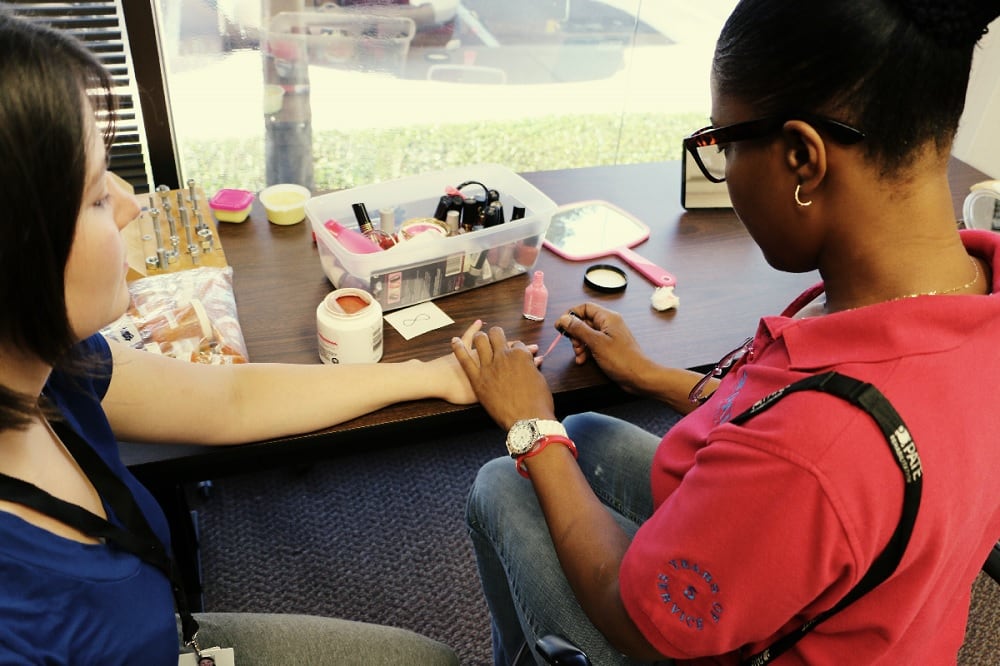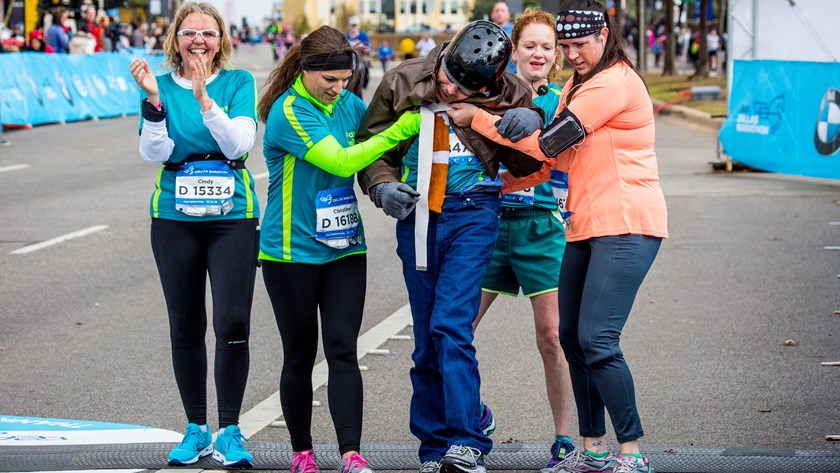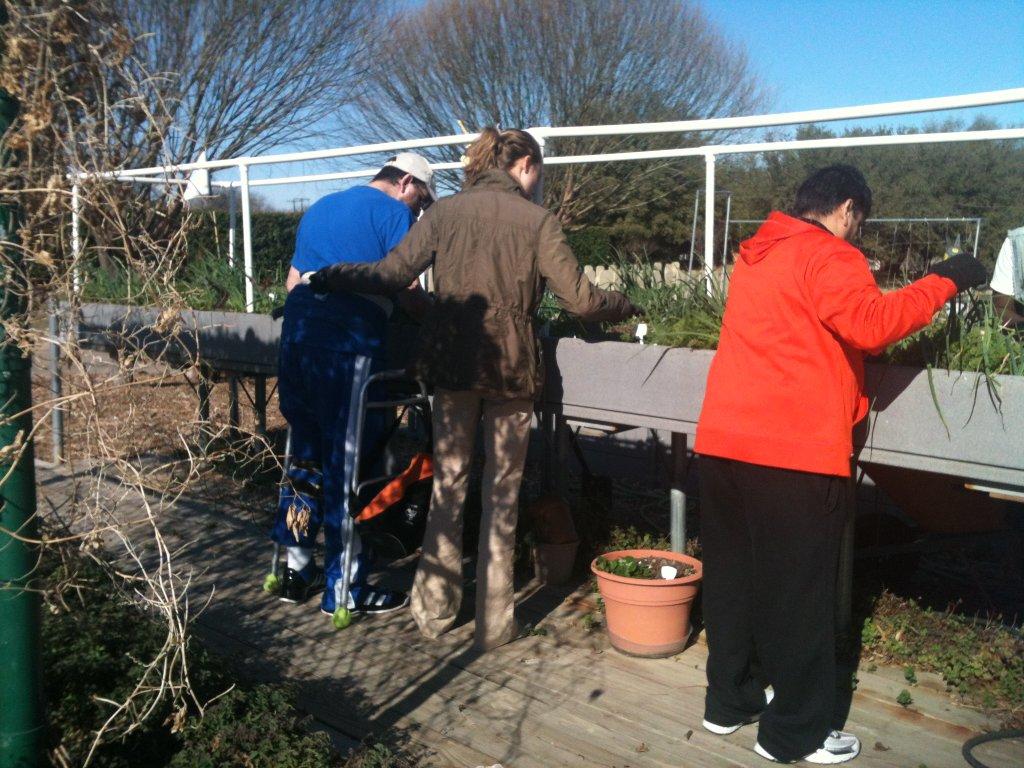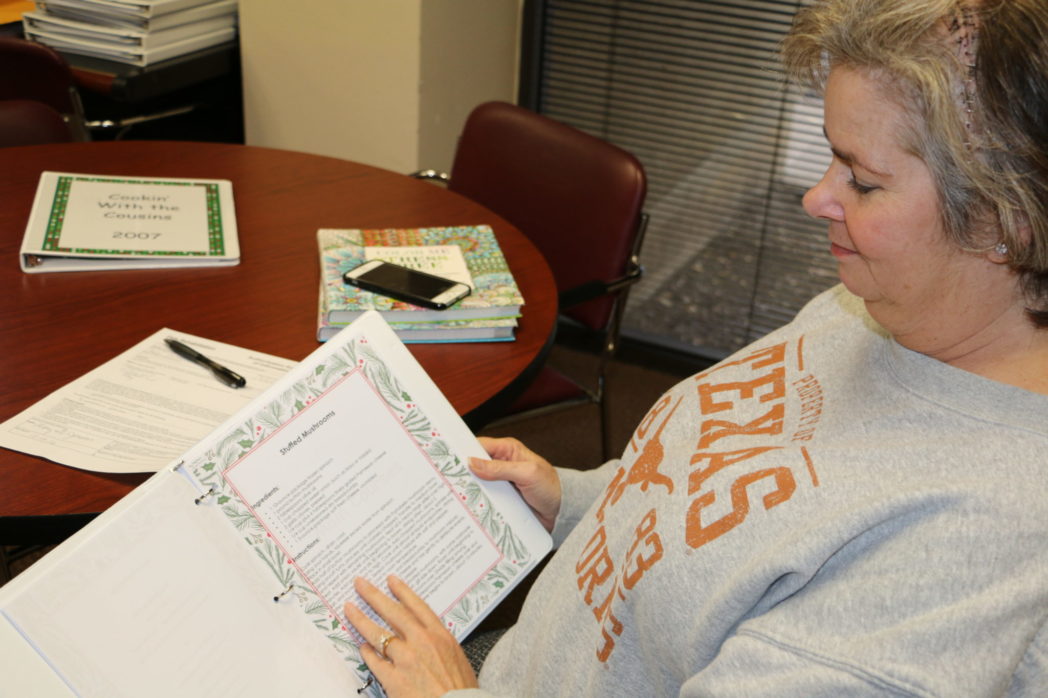We talk about customizing therapy to individuals but what does that look like? Customized brain injury activities are therapeutic actions based on what's important to the patient and reflect their plans and goals. Therapists use the person's special hobbies, talents, and vocations as part of their treatment. The goal is therapy time that is relevant and meaningful as well as effective.
When someone does what they love, their passion and commitment can push them farther than they thought possible. All it takes is creative therapists!
Examples of customized brain injury activities:
- A woman who loved baking practiced making familiar and unfamiliar desserts to get back to cooking Christmas cookies for her family
- An optician worked on adjusting glasses for fine motor skills
- A man worked on executive skills by planning a date night for himself and his fiancé, and also outings for his sons that included energy conservation plans in case of feeling tired
- A man had planned a trip to a steakhouse on a night out but was concerned about being in public - we provided adaptive equipment for his utensils and practiced cutting so he'd be comfortable
- A woman needed to improve max grip strength - so she practiced decorating cupcakes by squeezing icing. "Maybe I should quit my job and become a cake decorator," she said
Whether it's a job, an interest, a skill or learning goal, people deserve to regain the skills that matter. To them.
- A man who loves handyman projects practiced repairing lawn equipment to improve executive skills
- A teacher gave a class for other patients to improve comfort and efficacy with teaching
- A woman who finished driver rehabilitation had a simulation and practice run before her driving evaluation at DPS
- An artist was helped to break down art projects into pieces which gave her confidence to begin. To gain more hand control, she practiced accuracy with her drawing
- A construction worker practiced woodworking and wood planing
- A family caregiver worked on his caregiving skills to return to caring for his dad as well as working on skills for taking care of himself as a caregiver
- A mother practiced what she would say during an upcoming family conference at school – the school did not know about her medical situation and she wanted a plan to communicate
- A man who drew maps for work practiced adaptive drawing to improve his ability to draw with reduced hand mobility
- A woman practiced cooking familiar meals so she can get back to cooking for her son independently
- One woman who loved to crochet had a therapist build her a device to help her crochet one-handed while she worked to recover function in her other arm
- A young man who intended to return to college was assigned a term paper on brain injury to help him recover academic skills
- A woman who made a holiday cookbook each year received help from Pate staff and patients who gave her recipes and helped her assemble copies to send to family
- A man who needed left upper extremity training was given “task practice” with favorite foods to practice self-feeding with his left hand
- A frontman for a rock band gave performances for patients
Customized brain injury activities are created by therapists who listen to the person as they discuss their goals for treatment and what things they enjoy doing. The treatment team works together to design a plan that will incorporate therapeutic practice using the desired activity.





